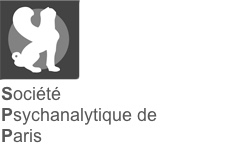|
Résumé :
|
Freud’s “repetition compulsion” and Winnicott’s “breakdown” are two divergent concepts that both arise out of an effort to think the unthinkable of death and annihilation. The relationship between these concepts will be examined in terms of their clinical, psychoanalytically theoretical, and philosophical aspects. Freud spoke of the “fright” of trauma, which threatens the functioning of the psychic apparatus, but then he devised a representational conception of death, leading to the hypothesis of the death drive. Winnicott rejected the latter yet he made direct reference to Freud in his theory of trauma. A clinical vignette will show how a represented element (repetition) and an unrepresented element (breakdown) interact in repetition compulsion, leading to the thesis that the compulsory nature of repetition compulsion originates in the threat of breakdown, which also involves the environment (the analyst). This leads to further reflections on the different and yet mutually expository paths that Freud and Winnicott took to make death and annihilation available to thought. An investigation into the temporal structures of repetition and breakdown shows that breakdown involves a breakdown of represented time and therefore cannot be assigned to any point in time. Lastly, on the basis of clinical material, the question is raised as to how an action that represents breakdown can come about: witnesses who interpret an event as an intentional action play a decisive role here. The paper concludes with comments on the implications for treatment.
|




